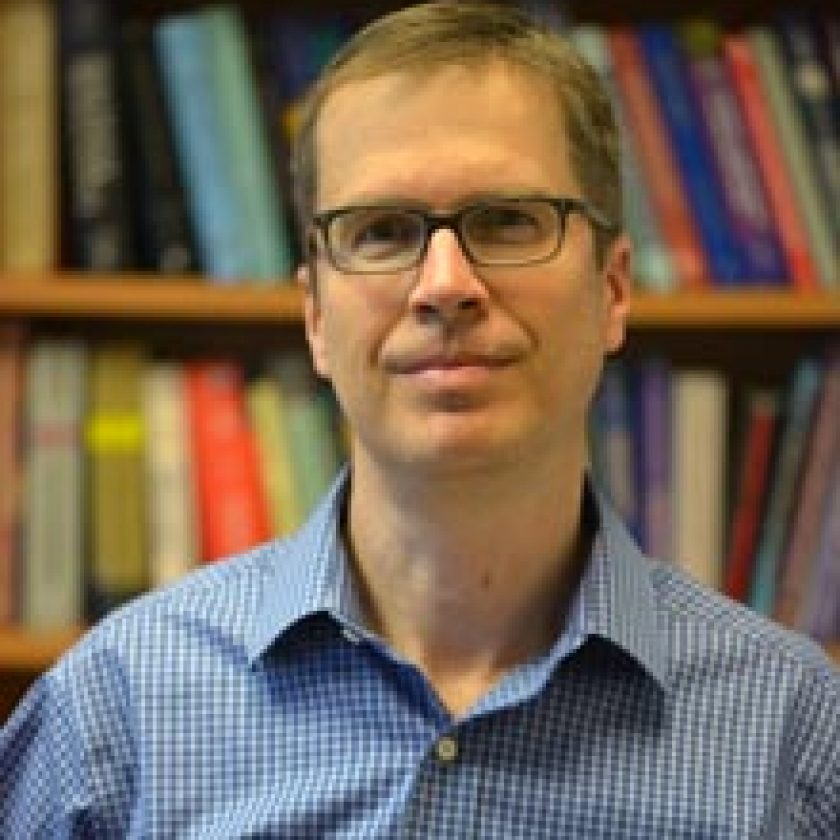Abstract
Monitoring the electrical potentials produced by the nervous system can provide a wealth of information for both scientific and clinical endeavors. Advances in high-density microelectrode technology have spurred the development of neural recording systems capable of monitoring 100 or more electrophysiological signals. In contrast to the tiny electrodes, the supporting instrumentation is typically large, heavy, and expensive. Modern microelectronics technology provides a means for dramatically reducing the size, weight, and cost of the electronics required to acquire biopotential signals from MEMS electrode arrays.
Designing integrated circuits for neuroscience research presents significant technological challenges. Power must be minimized to prevent local tissue heating that could kill cells. Amplifiers must be able to resolve weak ac extracellular signals in the microvolt range while rejecting large dc offsets present at the electrode-tissue interface. In this talk I will present custom integrated circuits developed for a wide variety of state-of-the-art neural interfacing applications, including chips for recording signals from high-density microelectrodes and miniature wireless telemetry systems for observing brain activity in flying insects. The path from research to commercialization in a small company will also be illustrated.
Biography
Reid Harrison received a B.S. in electrical engineering from the University of Florida in 1994 and a Ph.D. in computation & neural systems from Caltech in 2000. After completing his doctorate, he joined the electrical engineering faculty at the University of Utah and developed the first low-noise neural amplifier with sufficiently low power consumption to permit integration with implantable electrode arrays. His 2003 IEEE Journal of Solid-State Circuits paper describing this innovation has been cited more than 1,000 times. In 2010 he left academia and founded Intan Technologies in Los Angeles to commercialize microelectronics for large-scale neural recording. Intan Technologies now supplies advanced electrophysiology interface chips to companies and research groups in more than 40 countries worldwide.
Dr. Harrison’s interests include low-power analog and mixed-signal CMOS circuit design, integrated electronics for neural interfaces and other biomedical devices, and hardware for biologically inspired computational systems. He has served on the technical program committees of the International Solid-State Circuits Conference (ISSCC) and the International Symposium on Circuits and Systems (ISCAS).


